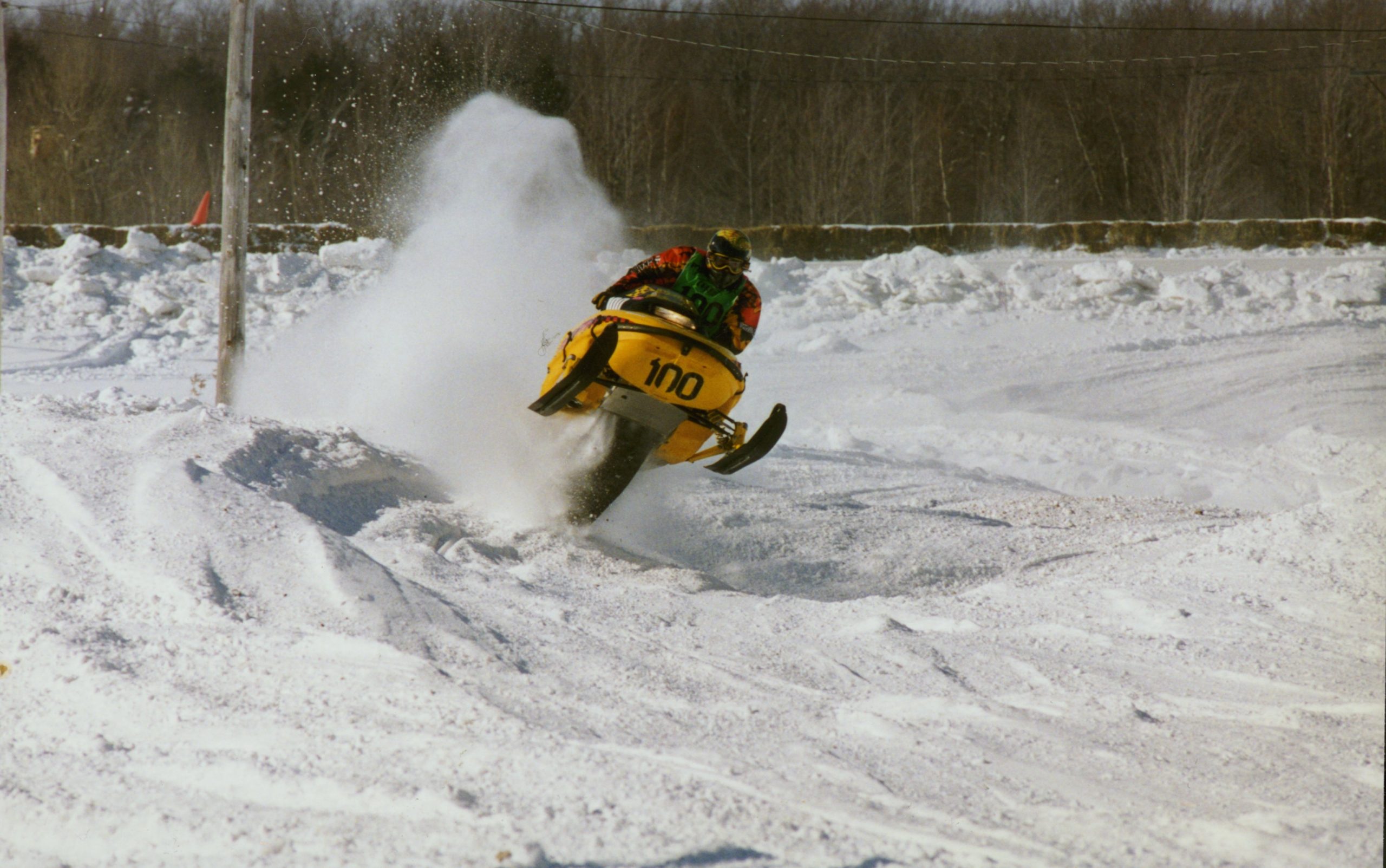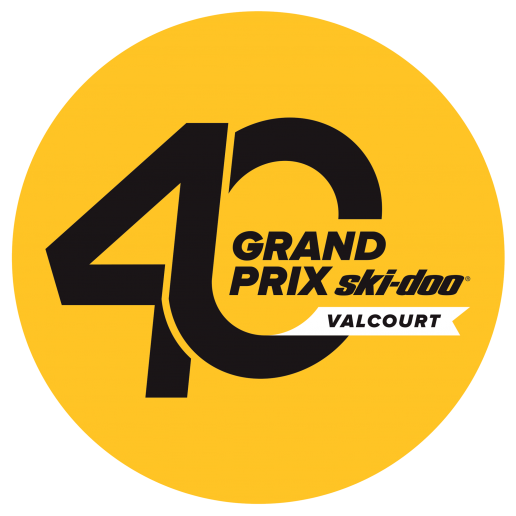While a snocross track was created 1983 and 1984, it disappeared in 1985 due to the popularity of Formula 1 and twin track snowmobiles. By the mid-90s, snowmobiling continued to evolve, it was lighter, and snocross had entered competition venues.
This discipline therefore resurfaced in 1997 with “new kind” snocross for the 15th anniversary of GPSV. The first year, Valcourt was entered on the calendar for the SCMX Provincial Championship. In the following years, Grand Prix Snocross was on the calendar for the WPSA championship, the US national circuit.
When setting up the first track, the goal was to have the longest circuit through a rough course! This one took 2 hours to complete and it was getting closer to what today we call enduro races. In short, the first to come back to the starting line was the winner.
Change in Trends
Subsequently, the trend was to decrease the length of the course. In the following years, the organization decided to review the layout of the track to increase the level of difficulty for the runners. The course also allowed a better spectacle for the fans.
Weather Obstacles
In 1999, the track had to be narrowed down due to insufficient snow. The situation was repeated in 2002 when the track was covered with dirt, due to low snowfall, giving it a “dirty” appearance. Until 2006, the team groomed the snocross track using snow from the parking lots that was moved to the center of the track. This resulted in poor quality snow and often insufficient quantity.


DID YOU KNOW …
Since the first edition, sawdust was added under the track before making the ice. According to tradition, this was to prevent the ice from melting too quickly. The sawdust acts as an insulator between the ice and the dirt and it protects against the sun’s rays. “We have a month left and the cold is going to arrive,” Denis Leclerc mentioned in 2002. At worst, we installed a sawdust base. That way, if the ice cover is not thick enough in certain places, races can still take place. There is no danger of damaging the sharp skates of the riders’ snowmobiles. The GPV stopped this practice in 2003.


